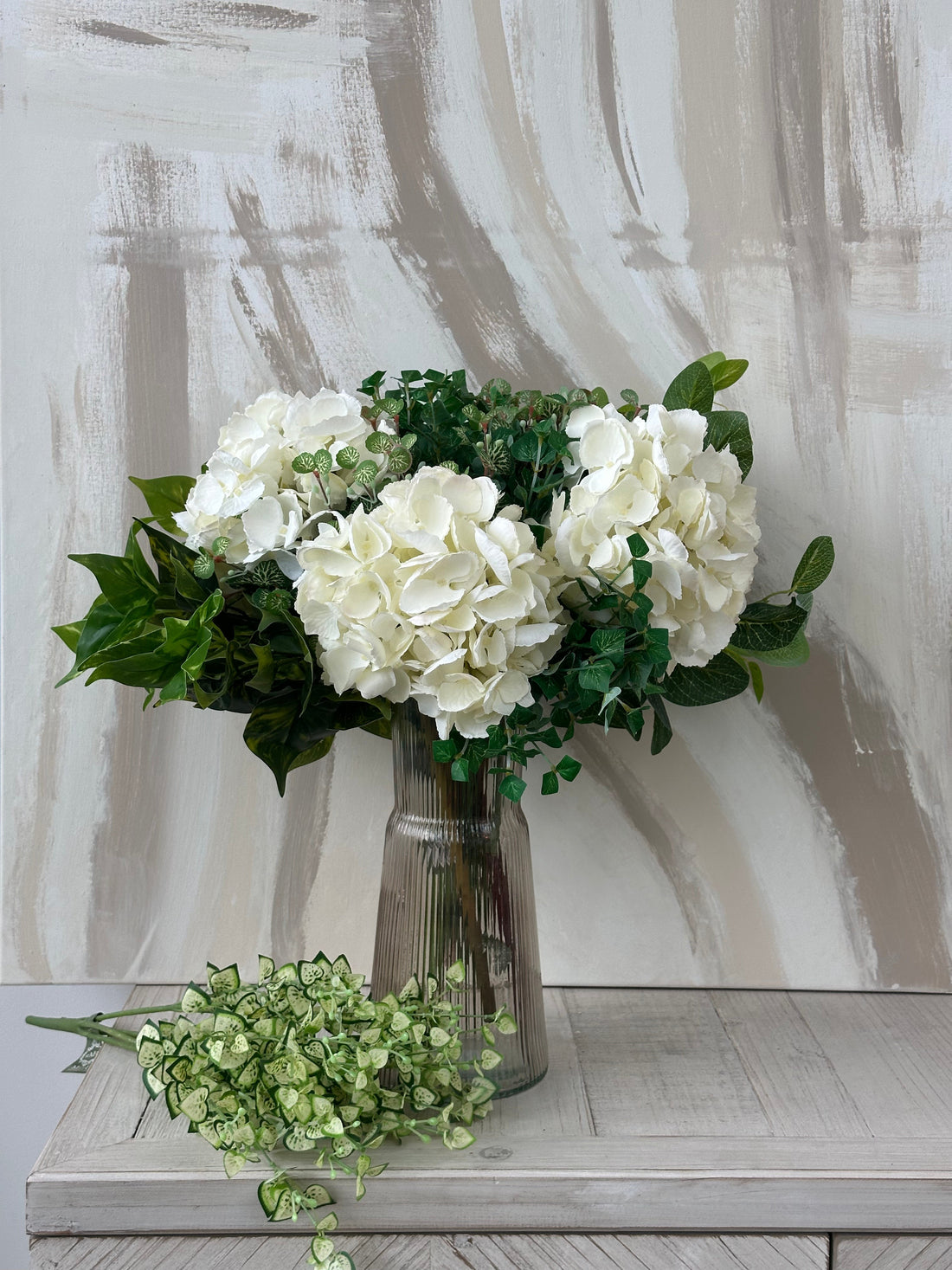
Are Silk Flowers Better for the Environment?
Share
Are Silk Flowers Better for the Environment?
With sustainability at the forefront of consumer choices, many people are asking: Are artificial flowers environmentally friendly? The simple answer is yes—when compared to fresh flowers, silk and faux flowers have several environmental advantages.
1. Lower Carbon Emissions from Transportation
Fresh flowers are often imported from regions like Kenya, Ecuador, and Colombia, where the climate supports large-scale flower farming. However, to maintain their freshness, they must be transported quickly—often via air freight, one of the most carbon-intensive transport methods.
💡 According to a study published in Environmental Science & Technology, transporting fresh flowers by air generates significantly higher CO₂ emissions compared to shipping artificial flowers via sea, rail, or road.
👉 Read about the environmental impact of air freight
Silk flowers, on the other hand, do not require rapid transportation, meaning they can be shipped in bulk via lower-emission methods, reducing the overall carbon footprint.
2. No Need for Refrigeration or Heated Conditions
To preserve their quality, fresh flowers must be stored in refrigerated conditions throughout transportation and distribution. Additionally, out-of-season flowers require heated greenhouses, which consume large amounts of energy.
💡 Research from the Royal Horticultural Society (RHS) highlights that temperature-controlled storage and artificial heating contribute significantly to the environmental footprint of fresh flowers.
Artificial flowers, on the other hand:
✅ Require no refrigeration
✅ Can be stored at room temperature
✅ Remain in excellent condition for years
This dramatically reduces energy consumption throughout the supply chain.
3. Reduced Waste & Landfill Impact
Fresh flowers have a very short lifespan, typically 5-10 days, after which they are discarded. Unless composted, they end up in landfill, where they decompose and emit methane (CH₄)—a greenhouse gas 25 times more potent than CO₂ over a 100-year period (EPA, 2022).
👉 Learn about methane emissions from landfill waste
Artificial flowers, however:
✅ Last for years, reducing frequent replacements
✅ Can be reused for multiple occasions
✅ Minimise landfill waste compared to fresh flowers
4. Water Conservation
The fresh flower industry relies heavily on water-intensive farming. Studies show that growing roses in countries like Kenya requires an immense amount of freshwater, contributing to water scarcity issues (Water Footprint Network).
💡 One bouquet of fresh flowers can have a water footprint of 7-13 litres per stem. In contrast, silk flowers require no irrigation, making them a sustainable alternative in regions facing water shortages.
👉 Read about the water footprint of the flower industry
Conclusion: Why Artificial Flowers Are More Sustainable
While no product is entirely free of environmental impact, silk and artificial flowers offer a more sustainable option compared to fresh flowers due to:
✅ Lower carbon emissions (shipped by sea, not air)
✅ No refrigeration or heating required
✅ Minimal landfill waste (long lifespan, reusable)
✅ Water conservation (no irrigation needed)
If you want to enjoy beautiful, long-lasting floral arrangements without harming the planet, artificial flowers are a responsible choice.
Looking to make an eco-friendly switch? Check out our premium faux flower collections for stunning, sustainable arrangements! 🌿
